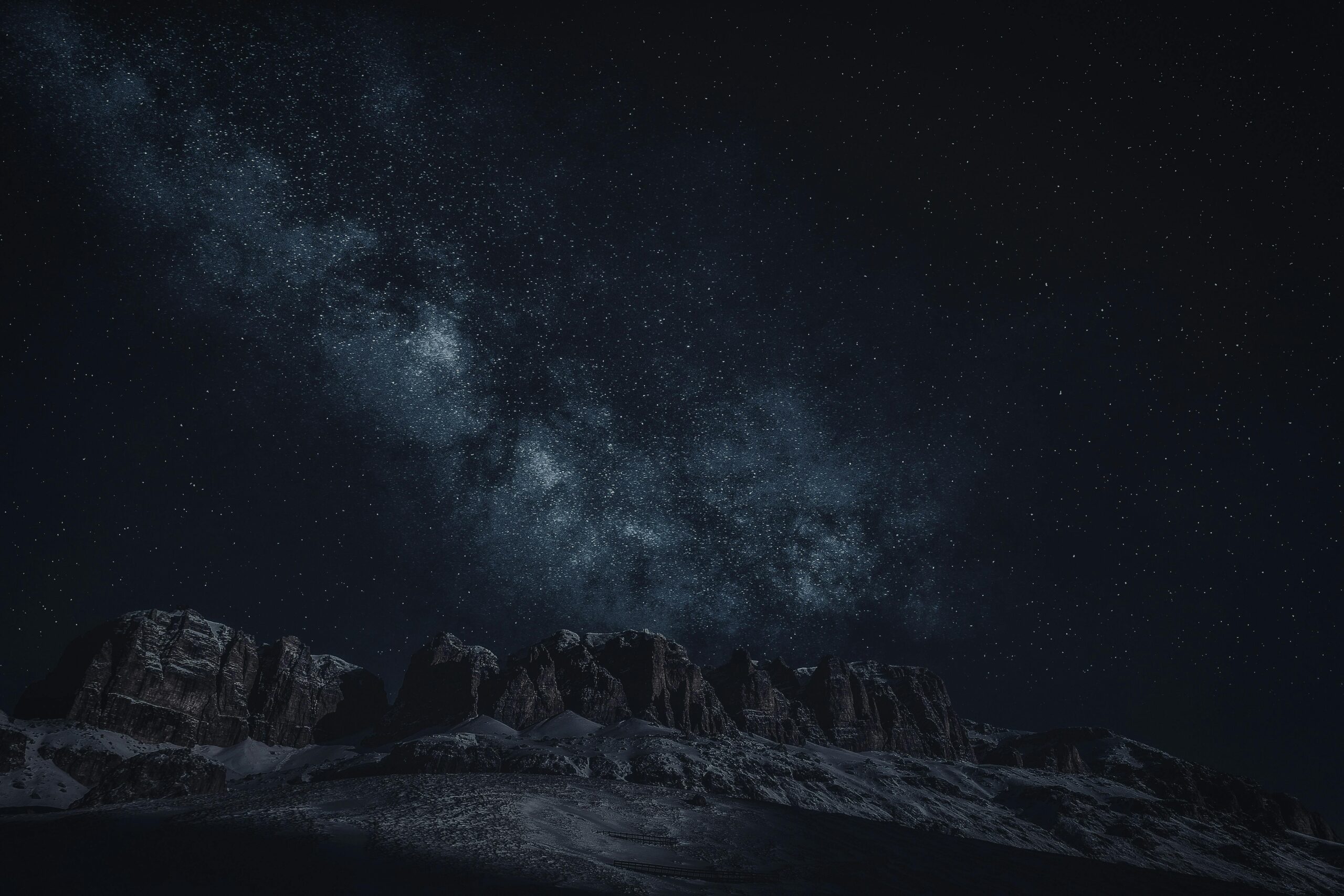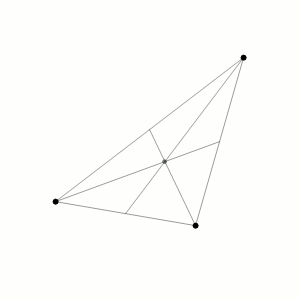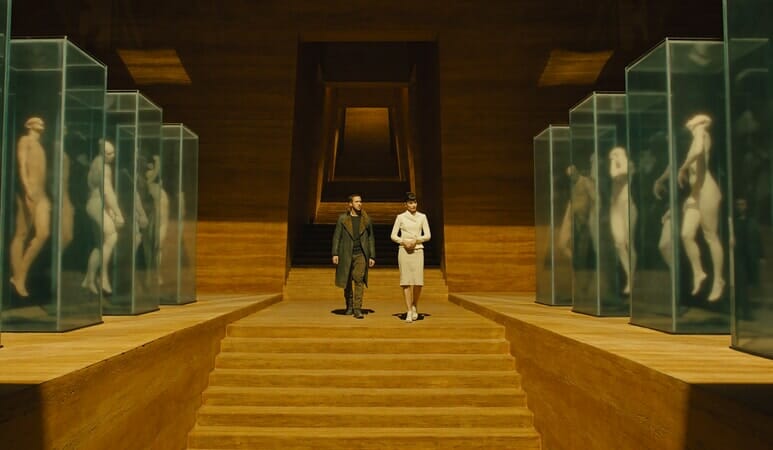
Cixin Liu's The Three-Body Problem | When Space Gets Eerie
Author
Year
Format
First published in 2006 as a serialized novel in the monthly magazine Kehuan Shijie (Science Fiction World), The Three-Body Problem (literal translation of the Chinese 三体, Sān tǐ) is the novel that brought the former computer engineer Cixin Liu to the fore. The book, fuelled by publishing its sequels The Dark Forest (2008) and Death’s End (2010), which completed the Remembrance of Earth’s Past trilogy, instantly conquered the domestic market. Its popularity reached a global scale in 2012, thanks to Ken Liu‘s English translation, which made the story accessible to the Western public through various footnotes. Indeed, despite dealing with a typically Anglo-Saxon literary genre, the novel is inextricably bound up with Chinese history and society, not the cup of tea of a standard English language reader.
Raised during the catastrophic years of the Chinese Cultural Revolution, Cixin Liu unleashed his childhood-based passion for science fiction in a rather original piece of work, mixing up enticing scientific theories, a keen ecological awareness, and Area 51-like military experiments in Mao Tse Tung‘s China. It is a formula that has left a global mark, garnering the book several awards, including the prestigious Hugo Award in 2015. Listed by Esquire and Wired as being among the best Sci-fi books of all time, The Three-Body Problem has received several movie and series adaptations, including a recent Netflix TV show by the Game of Thrones creators David Benioff and D. B. Weiss.
Anomalies from space
It is 1967, and the bloody upheavals of the Cultural Revolution are ravaging all around China. Ye Wenjie, a young doctoral student in astrophysics, has seen his father killed in front of Beijing’s delirious crowd, along with many other academics before him. After some time spent off the radar, the Maoist regime recruits Ye to join the Red Coast, a mysterious military base lost in the mountains of Mongolia. Despite the high confidentiality of operations, she soon discovers that the real purpose of this place is to establish contact with extraterrestrials. Leveraging her skills, she sends a message to the stars, reaching a remote planet.
Forty years later, the Red Coast has been long dismissed. Ye, now a retired professor, never told anyone what happened during the years she spent there. The scientific community, though, is going through hard times. Experimentation in every field yields impossible results, and several scientists are committing suicide. Among them is Wang Miao, a nanomaterial researcher who, besides knowing many of the departed scholars, is experiencing himself some weird events. An eerie countdown materializes beside his eyes anytime he is at work, and a strange videogame attracts his curiosity. The game’s objective is to solve the puzzle of Trisolaris, a planet where the unpredictable movement of three suns jeopardizes civilization with destructive cataclysms.
Teaming up with Detective Shi Qiang, Wang will shed light on the circumstances, discovering they are all linked to Ye Wenjie’s past and to a dodgy organization, which happens to be the videogame creator and the agent of an alien force capable of disrupting the course of history.
Science at the core
Similar to Arthur C. Clarke‘s novels, which inspired Liu’s debut as a writer, The Three-Body Problem is reputable as a hard science fiction work. Indeed, science plays a pivotal role throughout the book’s world-building, indulging, Jason Heller wrote, in “lovingly lengthy passages of technical exposition about everything from quantum mechanics to artificial intelligence”. Such a degree of detail, which, according to some opinions, detracts from more accurate character development, relies on the author’s keen interest in the discipline and his experience as a computer engineer. The very concept underlying the novel and its title is a popular dynamic problem, first posed by Isaac Newton and consisting of the attempt to predict the exact movement of three celestial bodies.

Liu investigates not only the current state of science but also its difficult path through contemporary Chinese history. Starting from the 60s and the so-called Cultural Revolution, which determined the submission of scientific principles to Maoist ideology and the consequent persecution of intellectuals and scholars. The author himself experienced this period in his youth:
No science-fiction novels were published, and people did not have any notion of scientific imagery. At the time, almost all the translated novels from the West were strictly banned, so I had to read it [Jules Verne‘s Journey to the Centre of the Earth] in secret. This very book turned me into a sci-fi fan.
Cixin Liu’s interview for The Guardian
When Mao Tse Tung‘s regime came to an end, China could enter modernity. Dizzying technological progress fostered the rise of a new generation of domestic sci-fi novelists, of whom Liu is today one of the leading exponents.
Humanity facing the unknown
The novel deals with a popular theme of both the Sci-Fi genre and scientific debates: humanity’s search for extraterrestrial civilization. From Enrico Fermi‘s pioneering paradox to the present day, many theories have tried to explain why no sign of intelligent life has been found outside Earth until now, despite the universe’s immensity and long history. Liu joins the discussion by reinterpreting the thoughts of American sci-fi author David Brin: aliens do exist in fact, but they are hiding to survive. This vision took up the name of Dark Forest theory after the title of The Three-Body Problem‘s sequel.
The universe is a dark forest. Every civilization is an armed hunter stalking through the trees like a ghost, gently pushing aside branches that block the path and trying to tread without sound. […]. If he finds other life […] there’s only one thing he can do: open fire and eliminate them. In this forest, hell is other people.
The Dark Forest, Cixin Liu
In his trilogy, Liu presents an opposite scenario compared to the dynamics underlying Avatar and Dune, which is more similar to the one characterizing Ridley Scott‘s Alien. Indeed, in a universe imagined as a jungle fraught with danger, humanity is the prey of Trisolarians, a ruthless and plotter alien species, backed by much more advanced technology and looking for a new habitat to colonize. It is an unusual situation for mankind, which has always been accustomed to imposing its evolutionary supremacy on the entire planet. This reversed perspective can only disquiet the reader, confronting them with the vastness of the universe and the dark secrets its light-year distances may conceal.
The climate change challenge
One of the novel’s most original topics is the parallelism established between the fictitious alien invasion and the reality of climate change. Indeed, as to the first chapter of the trilogy, the Trisolarians’ arrival is not an immediate menace. Still, this event, albeit distant in time, is similar to the meteorite’s coming in Adam McKay‘s film Don’t Look Up. Likewise, the danger of climate crisis is not easily perceptible in the short term, despite its many signs around the world; though its future effects on the planet are a given unless radical action is taken.
Is humankind, according to Mr. Liu, ready to tackle a global threat? Overall, what comes across from The Three-Body Problem is a negative vision of our species, incapable of acknowledging the fragility of the Earth’s beauty and taking precautions to preserve it. The main representative of such a perception is Ye Wenjie, “so disenchanted by our ecological and social plunder that she cries out to the aliens for help”, writes Saleem H. Ali.
Moreover, the author somehow foreshadows the dire effect of unmitigated climate change through an accurate and horrifying description of the natural disasters affecting the Trisolarian civilization. Extreme glaciations droughts, gravitational imbalance, and destructive syzygies throw a planet doomed by the presence of three suns into a permanent state of chaos. A truly unsettling scenario that can only make readers question the fate of the Earth and the responsibilities of mankind.
Tag
Buy a ☕ for Hypercritic









